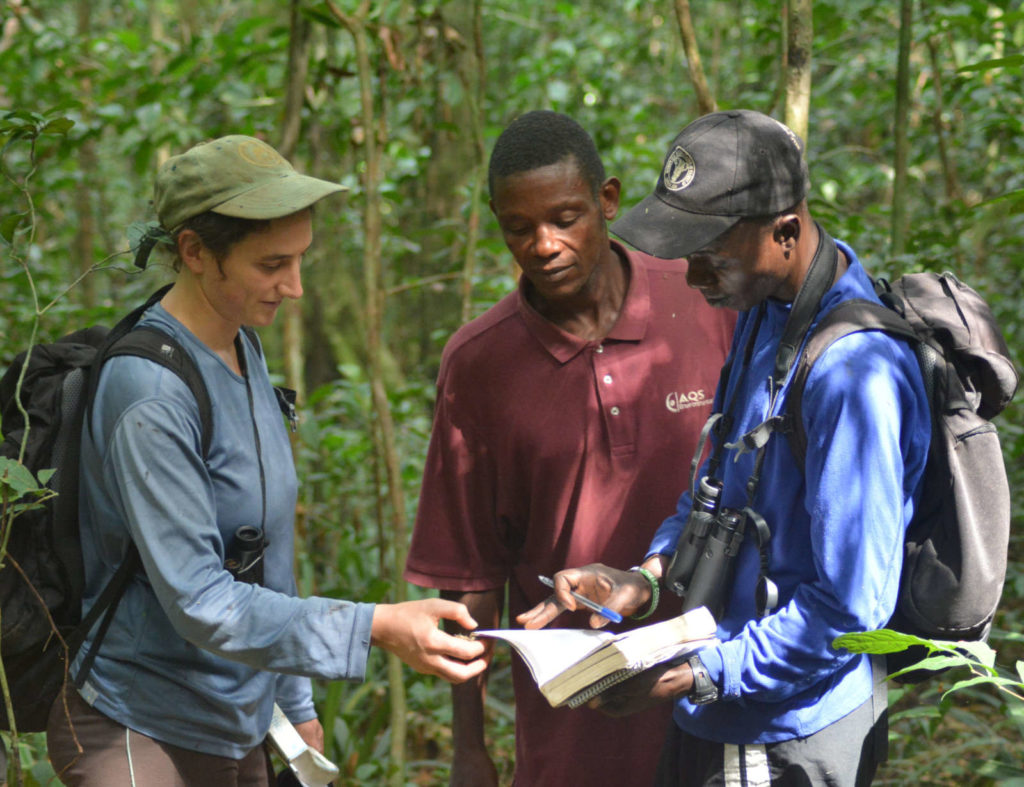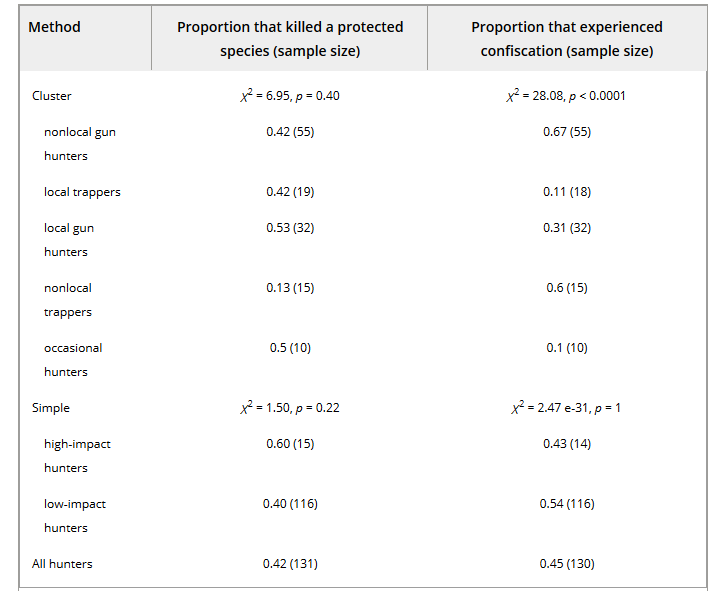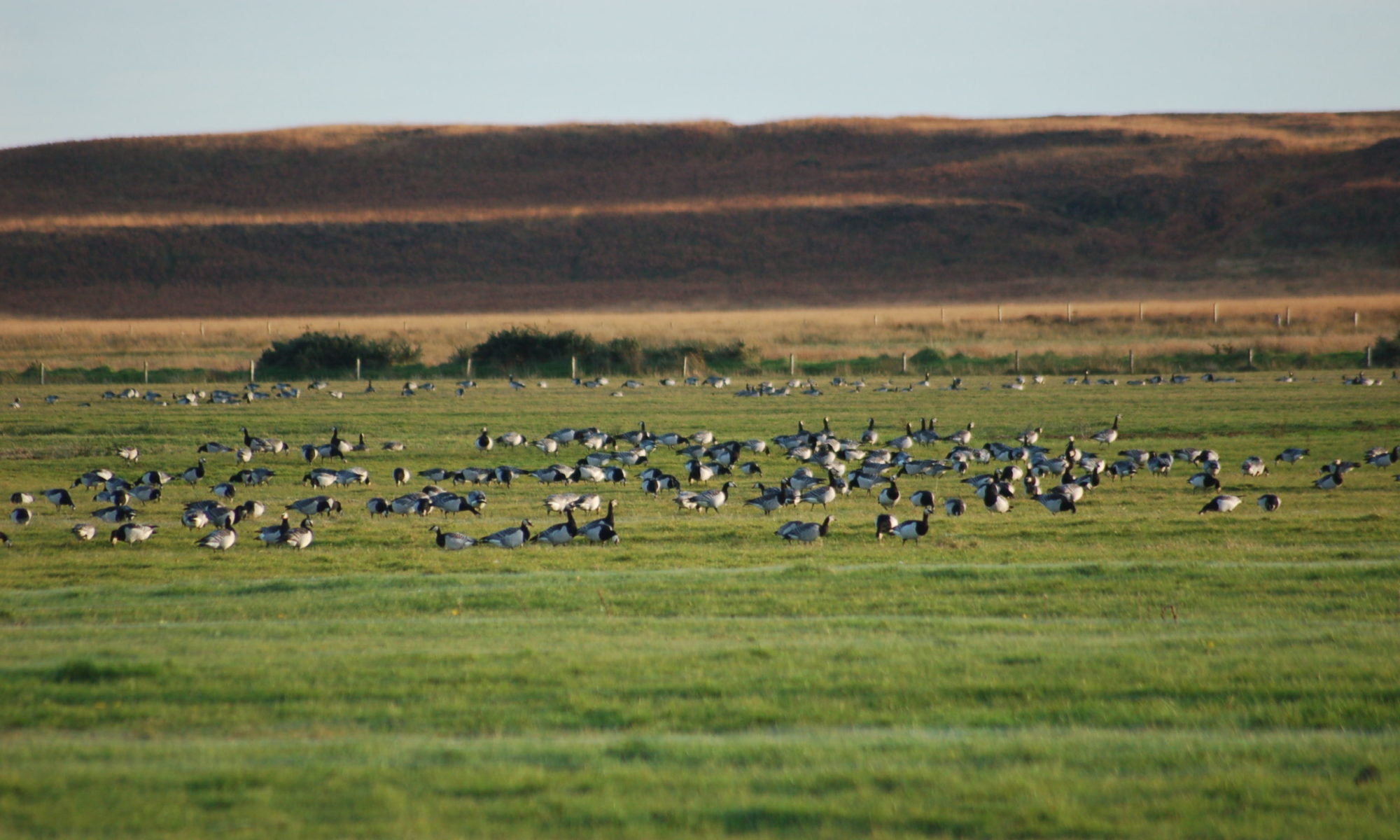New New article published by ConHuB member Sorrel Jones on applying audience segmentation in conservation published in Conservation Biology.
Abstract: Audience segmentation could help improve the effectiveness of conservation interventions. Marketers use audience segmentation to define the target audience of a campaign. The technique involves subdividing a general population into groups that share similar profiles, such as sociodemographic or behavioral characteristics. Interventions are then designed to target the group or groups of interest. We explored the potential of audience segmentation for use in defining conservation target groups with a case study of hunters in Liberia. Using 2 data sets describing households (n = 476) and hunters (n = 205), we applied a clustering method in which infinite binomial mixture models group hunters and households according to livelihood and behavior variables and a simple method to define target groups based on hunting impact (hunting households and high‐impact hunters). Clusters of hunters and households differed in their experiences with confiscation of catch at roadblocks and participation in livelihood‐support programs, indicating that these interventions operate unevenly across subsets of the population. By contrast, the simple method masked these insights because profiles of hunting households and high‐impact hunters were similar to those of the general population. Clustering results could be used to guide the development of livelihood and regulatory interventions. For example, a commonly promoted agricultural activity, cocoa farming, was practiced by only 2% (out of 87) of the largest hunter cluster of nonlocal gun hunters but was prevalent among local trappers, suggesting that assistance aimed at cocoa farmers is less appropriate for the former group. Our results support the use of audience segmentation across multiple variables to improve targeted intervention designs in conservation.


Jones, S., Keane, A., St. John, F. A. V., Vickery, J., & Papworth, S. (2019). Audience segmentation to improve targeting of conservation interventions for hunters. Conservation Biology, 33(4), 895-905.
